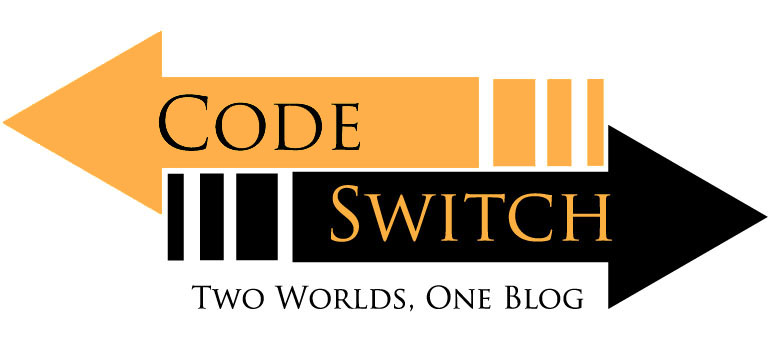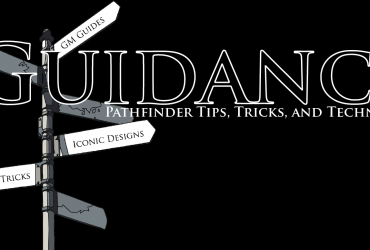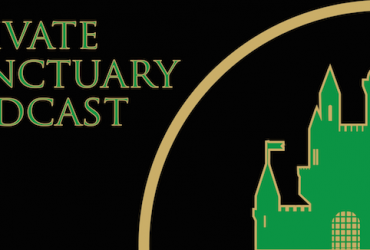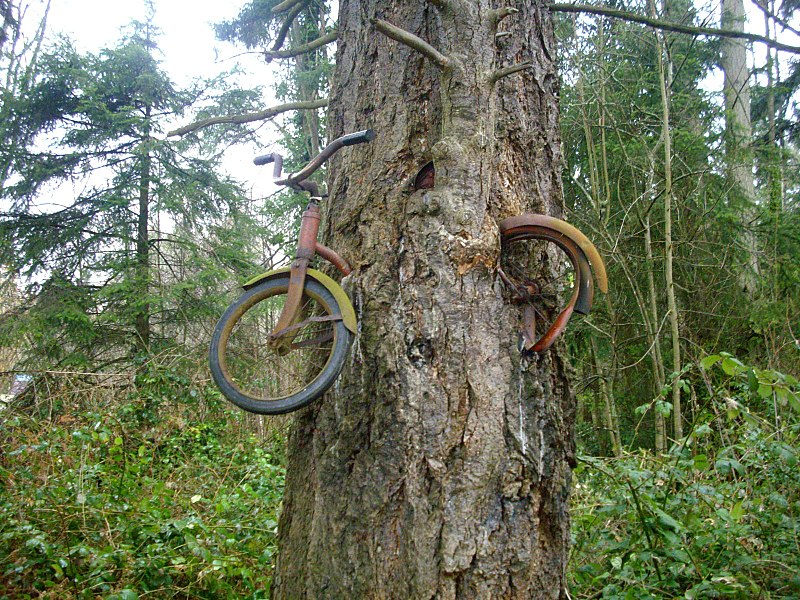In an earlier Code/Switch I wrote a bit about technology at the tabletop and dipped my toe in the slightest bit to mention audio like sound effects and music when tabletop gaming. I think the tone of it was generally negative. Since then I’ve done a bit more with audio in my own gaming and I’ve seen the demand for it from players. The availability and popularity of sites like http://tabletopaudio.com/, https://syrinscape.com/, https://battlebards.com/, and http://rpg.ambient-mixer.com/ all lend credence that my Luddite view of audio at RPG tables is indeed outdated.
Rather than rag on audio, I just want to talk a bit about what makes audio successful at tables versus what makes it distracting. This will take the form of a handy-dandy “Do’s and Don’ts” list with some explanations. I will not cover every little point in depth and I understand different people and tables have different likes and dislikes, but this is just a general (and yotube link heavy) success guide. Now, let’s start with the “Don’ts”.
Don’t
-
Expect your audio to do your storytelling for you.
- As a GM or player, you still have to explain what you’re doing, what the environment is like, and what the tone of the scene is. You can’t just play scary music to carry a spooky scene without properly setting why its scary. You are in charge of telling a story. The reason why soundtracks in TV and movies are so effective is because events happen to them and that soundtrack helps to add context to those events. In RPG storytelling you don’t have that luxury, your players can’t experience things that happen without you telling them.
-
Play butt-rock.
- Don’t get me wrong I love listening to butt-rock, but at a gaming table the guitar riffs, soaring vocals, and high tempo don’t generally mesh well with any events that would happen at your fantasy RPG table. Even in a modern RPG setting I’d advise only using butt-rock if you were fighting against a butt-rock band in a factory that only makes sparks.
-
Have a messy set-up.
- If you plan on playing music or audio in your games, make sure you have all your audio cues on deck. Waiting for a GM or player to find a button to play an audio cue really kills the mood of a scene. Additionally hitting an audio cue then having a delay before other events happens does the same thing. For example if you play music to signal an encounter, ask your players to roll initiative, then take out your pawns and look up their stat blocks, your audio is wasted and is just a soundtrack for preparation.
-
Choose music that relies on vocals.
- Have you ever tried listening to two people talk at once, it can be overwhelming. This goes along with the butt-rock “Don’t”, but applies to any music that is highly vocal like folk songs or pop music. If you want vocals, look for vocals that are more hymnal or in another language that you or your players aren’t familiar with. This helps limit the “two-people talking” distraction.
Do
-
Marry your audio with your storytelling.
- A clear counterpoint to the first don’t. When you’re acting out a scene with an audio overlay continue the scene. Your storytelling shouldn’t stop for a DJing act and jam appreciation session. I’m going to include a link to The Adventure Zone, a D&D podcast on the max fun network that has great editing. While the music here was put in post you could just as easily have the set-piece music queued up to play right as the scene begins for the same great effect. The important bit is the GM doesn’t try and force his serious tone set-piece over his goofy group, his audio isn’t doing the storytelling, but augmenting it.
-
Use clever audio to enhance set pieces.
- Making interesting audio a part of your storytelling can really enhance the effectiveness of your set pieces. Playing Links’ “Hyah!”s every melee attack would get old fast, but integrating audio that furthers stories or deepens characters is a winning idea. I want to jump to an Adventure Zone example, then a personal one. In this Adventure Zone clip, the DM has written a song using a vocaloid to give his players clues about their story arc. Quality not-withstanding, that audio is interesting and it furthers their story.
For a more personal analogy, in Pathfinder Society play I have an unchained summoner named Volsanthis who is partners with a psychopomp. I play the duo pretty silly, but I ensure to make sure the table knows my tandem does not tolerate undead. Further compounding the characters, the psychopomp communicates by hushed laughter that the summoner translates, although she’s capable of speech. As I was playing people would actually inquire as to what she sounded like and in response I cut together an audio clip with some help from a friend and got some art made to bring the eidolon to life (the summoner has art too). To that end I present to you Cinnamon the Eidolon. I’ve had the character for about 6 months now and I don’t use the audio cue every game, just those where people are curious or if the scenario features the undead who Cinnamon fanatically tries to destroy.
-
Choose audio appropriate to setting
- This helps ensure increased immersion. This does not mean that fantasy games need instrumental folk music, but it means that the music chosen should be tone appropriate. Pick spooky sounding audio for spooky moments; pick hushed audio for somber or secret moments, pick-up tempo music for glorious combat. This sounds obvious, but its easy as GM to just pick music you like rather than the most appropriate music. Who doesn’t love Cowboy Bebop? One of its most iconic features is its jazzy soundtrack. Jazz doesn’t initially scream space nior, but Cowboy Bebop changed all that and is a perfect example of fitting a music style to a setting. This leads us into the next “Do”.
-
Choose consistent audio
- When you enjoy all sorts of music and sounds from all genres, you want to share that with people. Stop it right now. When using audio for your games, pick a theme a la Cowboy Bebop. If you’re using sound effects try and choose one library so you have consistent sound quality. This will help ingrain your audio choices are parts of your storytelling and not just clumsy additions.
I hope this helps you more effectively utilize audio in your games. Personally, I stay away from sound effects unless their particularly hard to explain. I can describe breaking glass or clashing swords but it’s much harder to explain metal grinding, screeching, or the sound monsters may make. Monster sounds is generally where I use non-musical audio cues. For musical cues I limit them to set pieces. By set pieces I mean key events in a story or in scenes of important character building. I tend to gravitate to scores from movies and anime and frequently use background music from shows like Durarara and Mawaru Penguindrum. I tend to use music to heighten feelings of sadness, unease, and dread. I find its easier to get players hyped up to fight rather than to slow down and think, and such background tracks I feel help me with this.
How do you use sound in RPGs? Does your group just like to game to music, or are you part of an audio-free crew? Any great successes or failures? I’d like to hear about them so I can snatch some tips.







You should listen to James. He ran a game of BESM for me and some of our friends that had us scared out of our minds partially because of how he handled the audio. He is a MASTER at it!